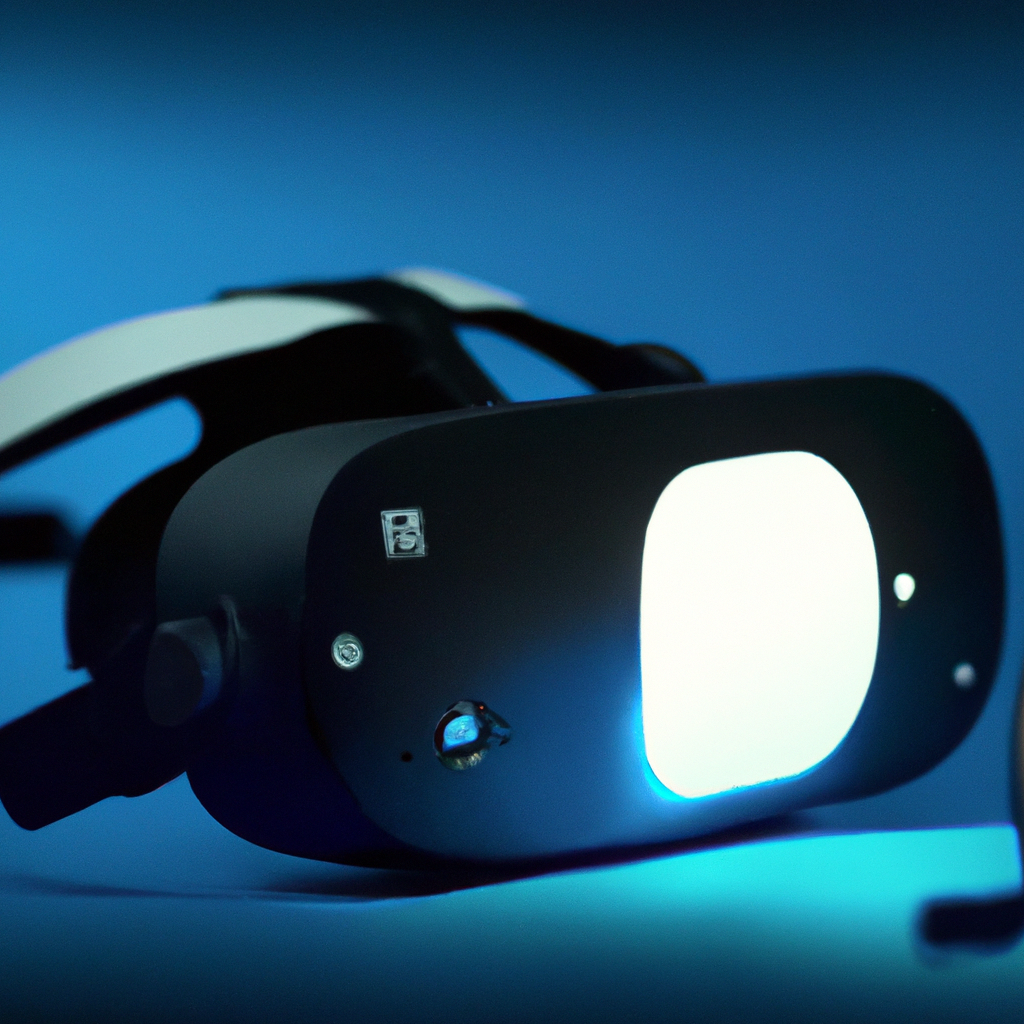Virtual reality (VR) has been a buzzword for quite some time now. It’s a technology that has taken the world by storm, and it’s not hard to see why. With the help of VR headsets, users can immerse themselves in a 3D environment, which gives them a virtual reality experience like no other. But how do these VR headsets work? In this article, we’ll delve into the world of virtual reality technology and explore how virtual reality works, how VR technology has evolved, and how VR gaming has changed the way we experience games.
How Virtual Reality Works
Virtual reality is the use of computer-generated imagery to create a simulated environment that users can interact with. The virtual environment can be a recreation of a real-world environment or an entirely imaginary world. To create this experience, virtual reality headsets are used. These headsets typically consist of a screen, lenses, and sensors.
When a user puts on a VR headset, the screen inside the headset displays two images, one for each eye. These images are slightly different from each other, creating a 3D effect. The lenses inside the headset help to focus the images on the user’s eyes, creating a more immersive experience. The sensors in the VR headset track the user’s head movements and adjust the image accordingly, giving the user the impression of being in a 3D environment.
VR Technology Evolution
Virtual reality technology has come a long way since its inception. In the early days, VR headsets were large and cumbersome, and the experience was far from immersive. However, with advancements in technology, VR headsets have become smaller, lighter, and more powerful.
One of the biggest advancements in VR technology has been the introduction of inside-out tracking. This technology uses sensors on the VR headset to track the user’s position and movement in the real world. This allows for a more natural and immersive experience, as the user can move around freely in the virtual environment without the need for external sensors or markers.
Another major advancement in VR technology is the introduction of haptic feedback. Haptic feedback is the use of tactile sensations to enhance the virtual reality experience. This technology allows users to feel the virtual environment, making the experience more realistic and immersive.
VR Gaming
VR gaming has changed the way we experience games. With the help of VR headsets, gamers can immerse themselves in the game world, making the experience more engaging and immersive. VR gaming allows for a level of interactivity that was previously impossible, enabling users to explore virtual environments, interact with objects, and engage with other players in a more natural way.
VR headsets have also enabled game developers to create more realistic and immersive games. With the help of haptic feedback, developers can create games that allow users to feel the virtual environment, making the experience more realistic and engaging.
Conclusion
In conclusion, virtual reality technology has come a long way since its inception. With the help of VR headsets, users can immerse themselves in a 3D environment, creating a virtual reality experience like no other. As technology continues to evolve, we can expect VR headsets to become even more powerful and immersive, changing the way we experience games, entertainment, and even education. Whether you’re a gamer, a tech enthusiast, or just curious about VR technology, there’s no denying that virtual reality is here to stay.







